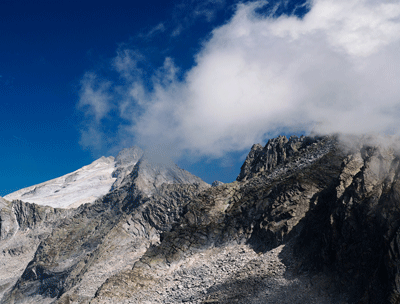Superhydrous Arc Magmas in the Alpine Context
Magmatic rocks in the Alps are scarce. What little arc magmatism there was pre-dates the Eurasia–Adria collision at 43–34 Ma but ends at 30–29 Ma. Conversely, geochemical data for magmatic rocks from the Alps resemble that of subduction-related magmatic arcs. A characteristic of Alpine magmatism is the occurrence of relatively deep (80–100 km) superhydrous (>8 wt% H2O) low-K primary magmas in the east and shoshonitic K-rich magmas in the west. These features are likely related to the absence of vigorous mantle wedge convection. Superhydrous primary magmas undergo extensive crystallization and fluid saturation at depth, producing high ratios of plutonic to volcanic rocks. We speculate that superhydrous primary arc magmas are a consequence of slow convergence and the initial architecture of subducting crust.
Superhydrous Arc Magmas in the Alpine Context Read More »


